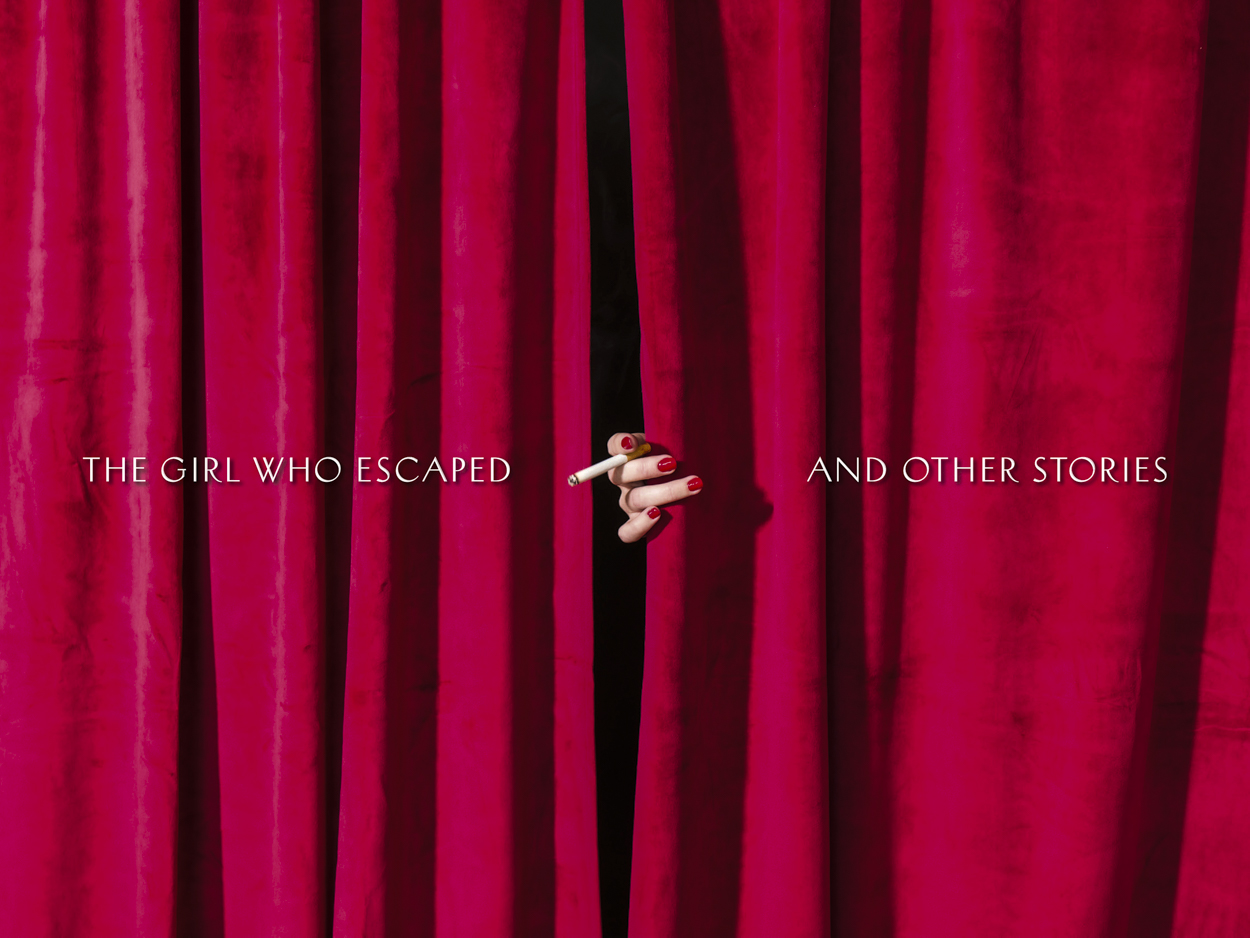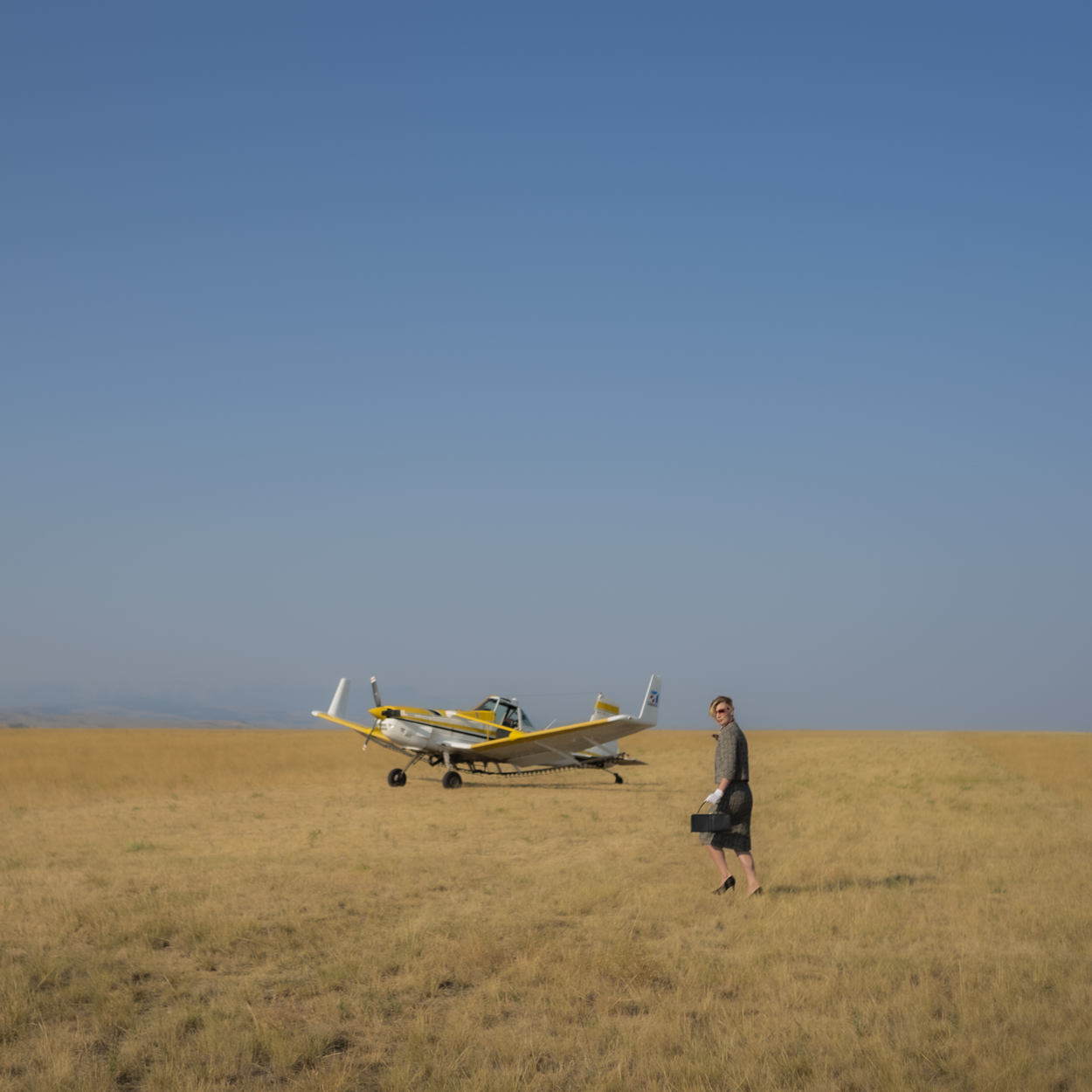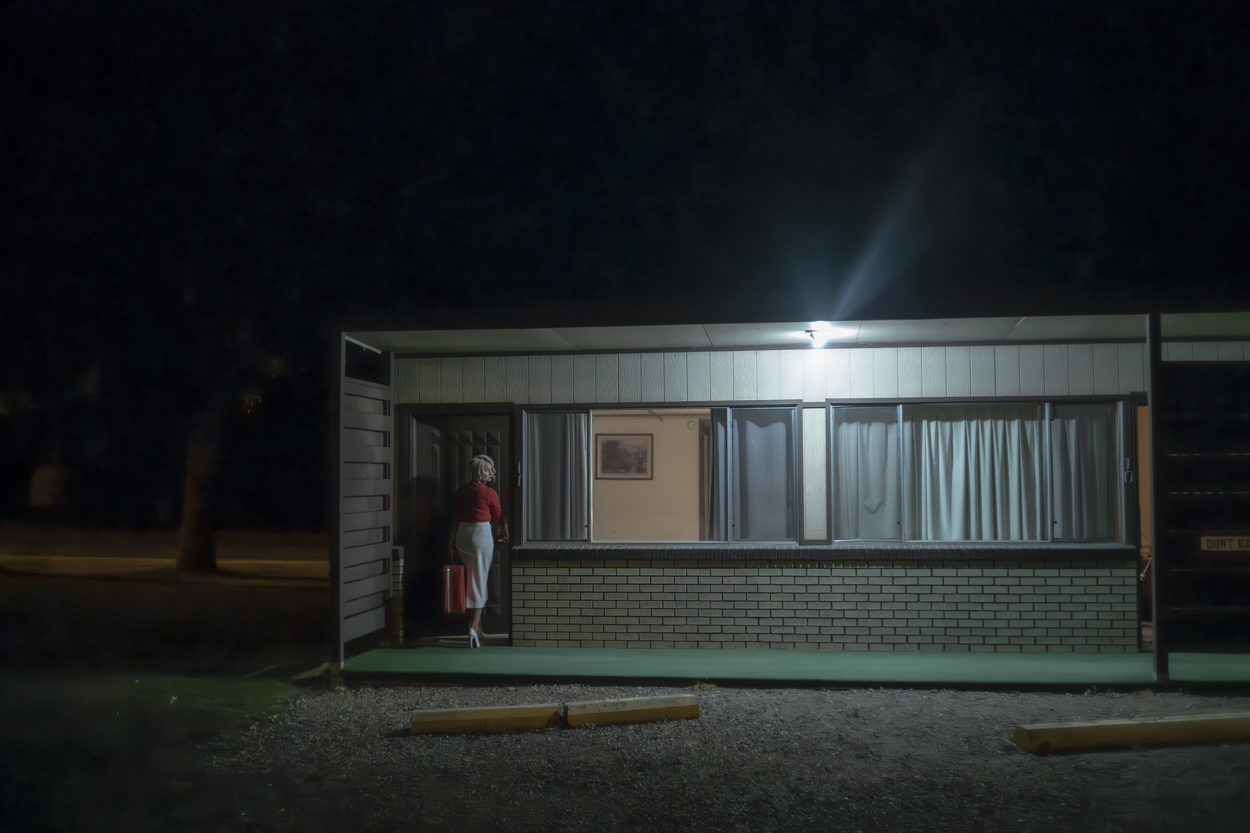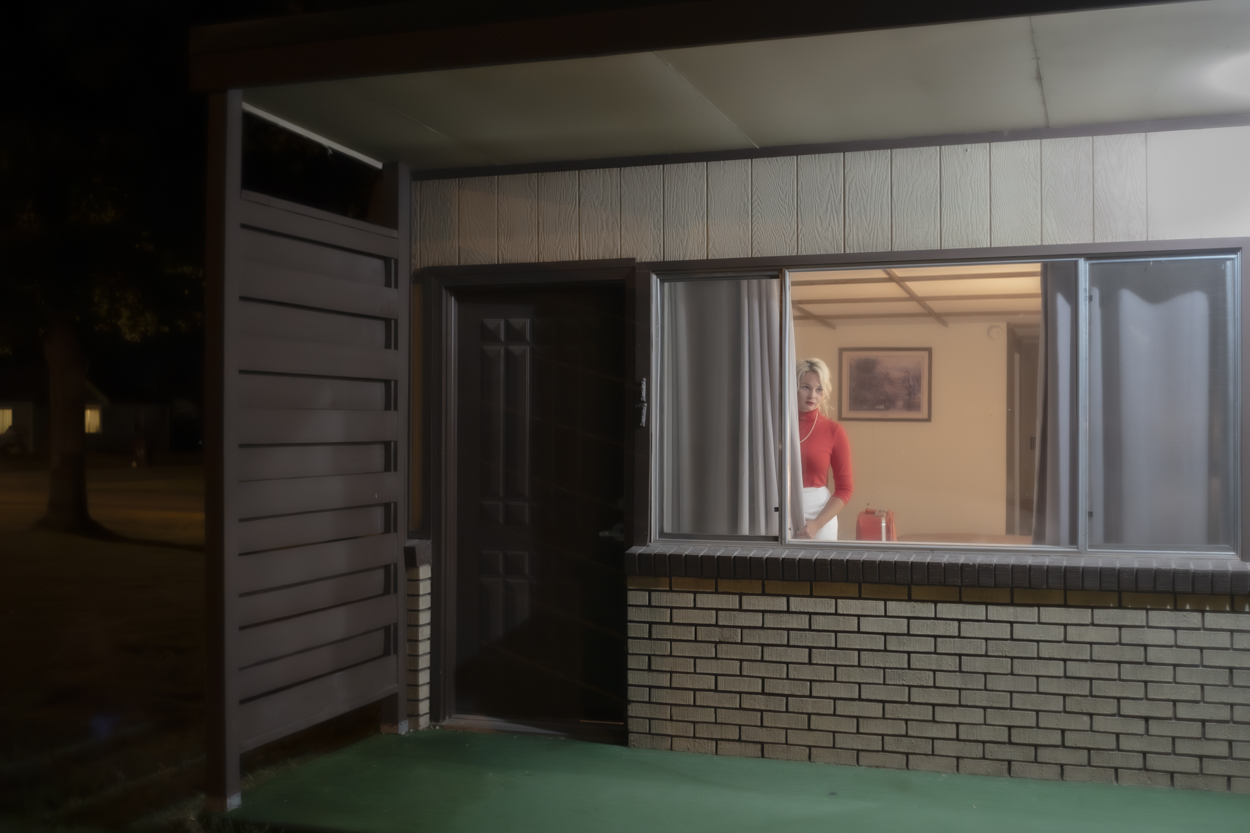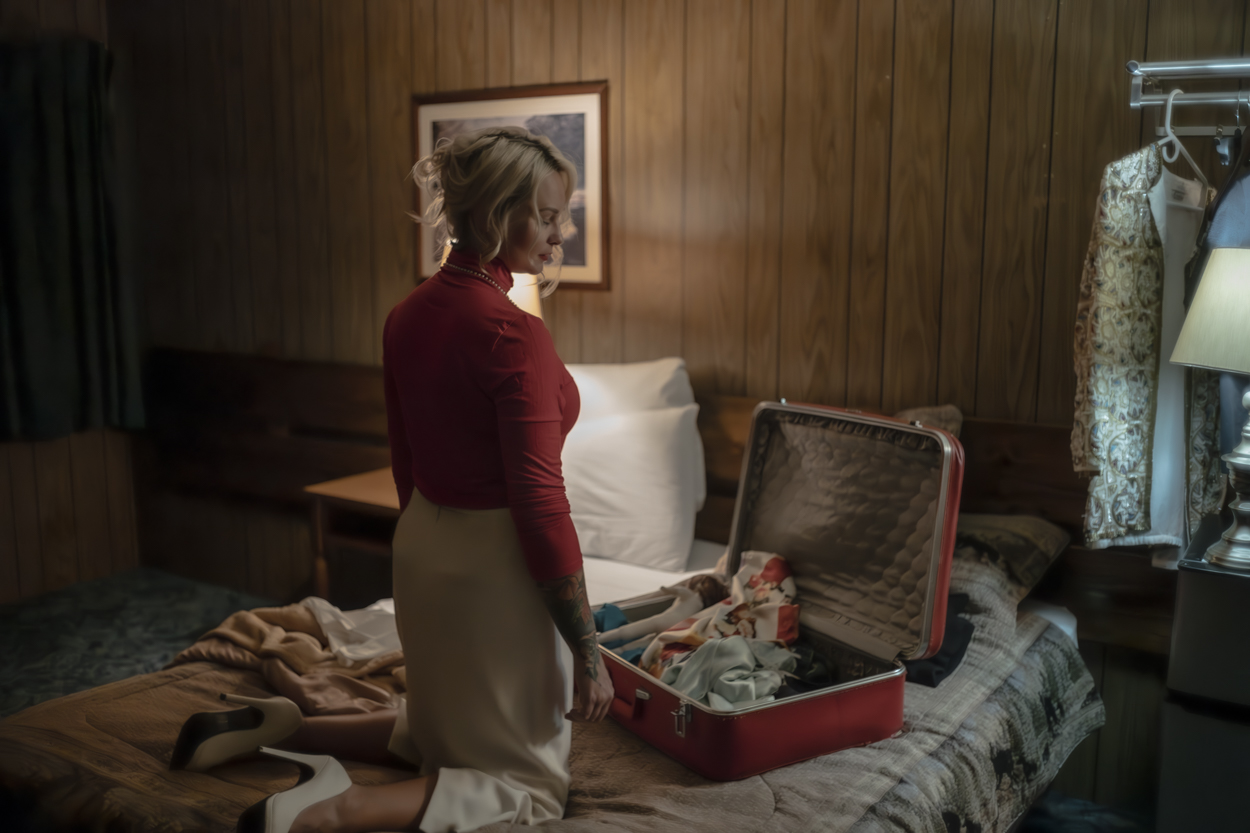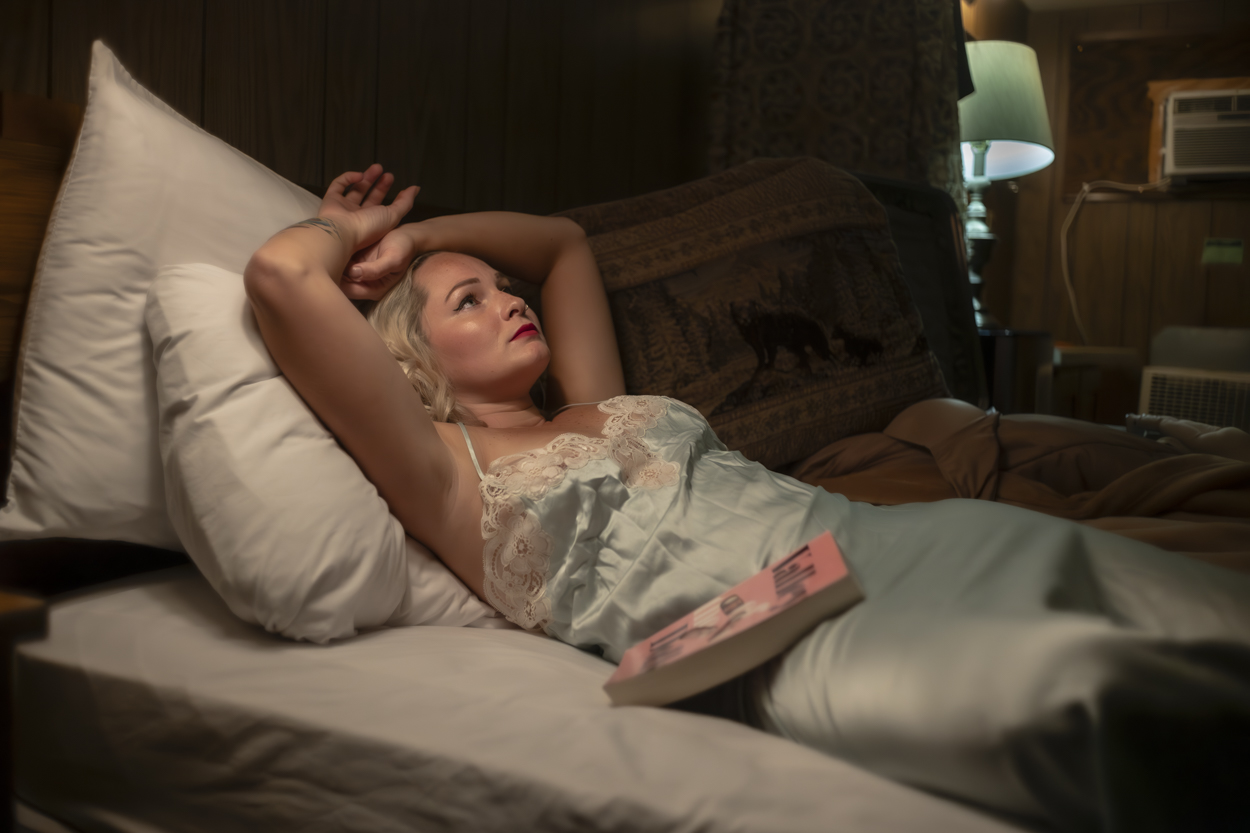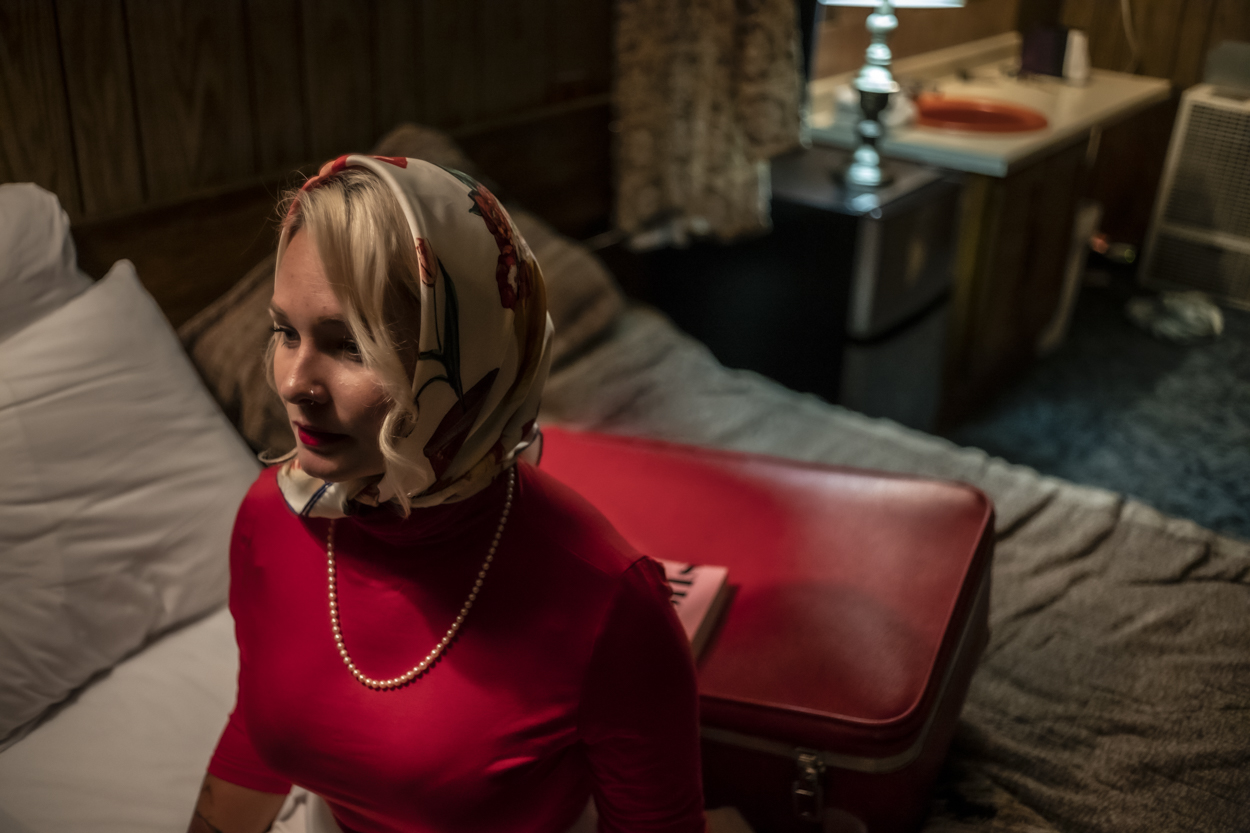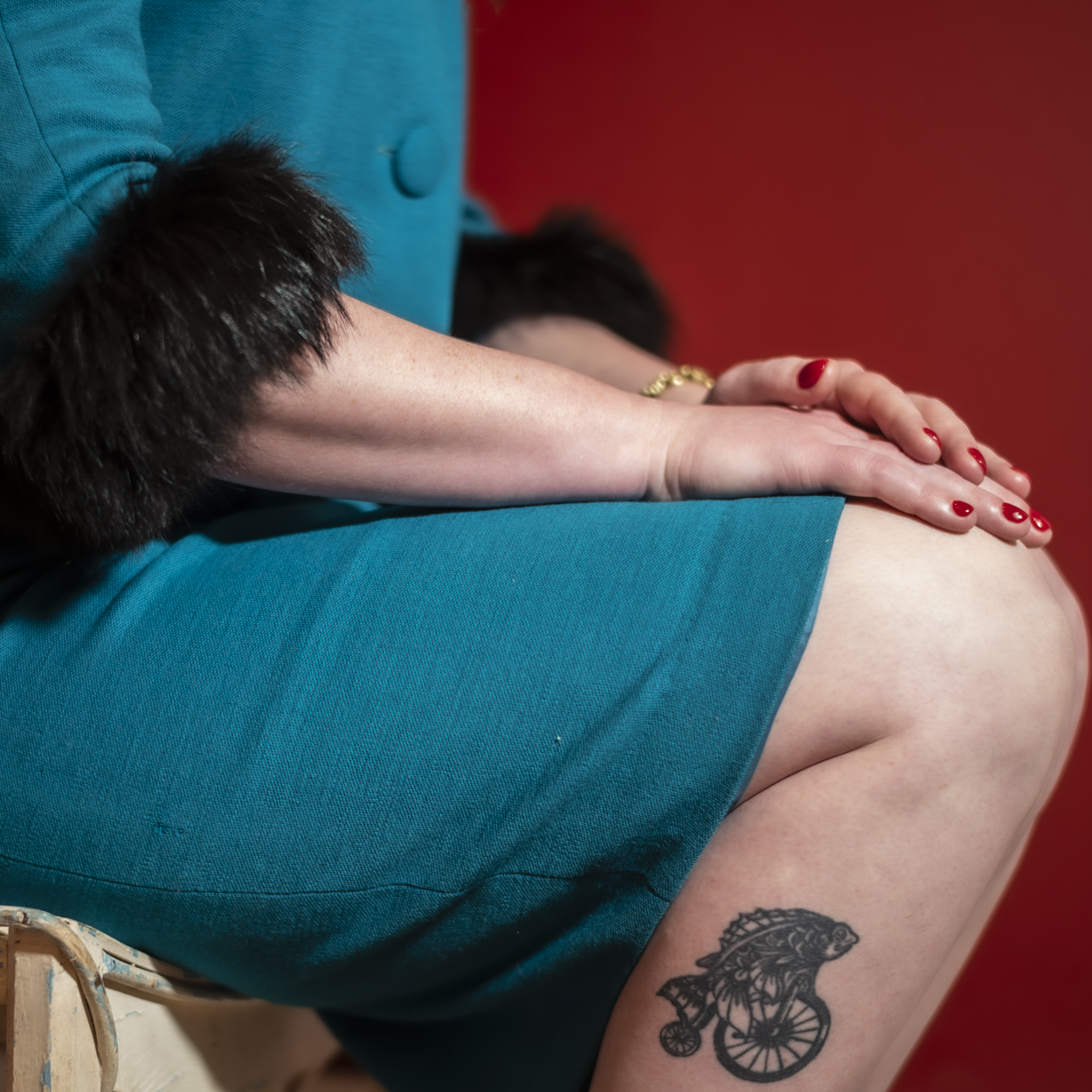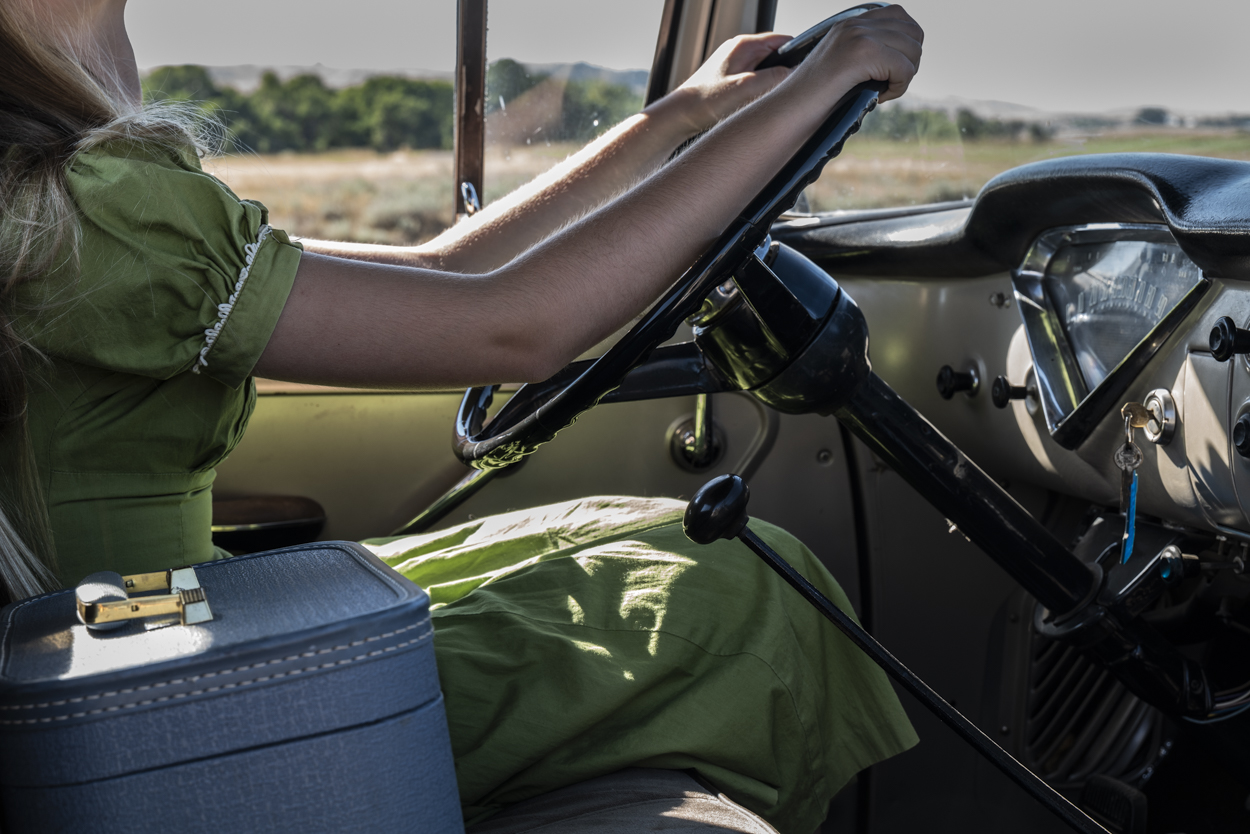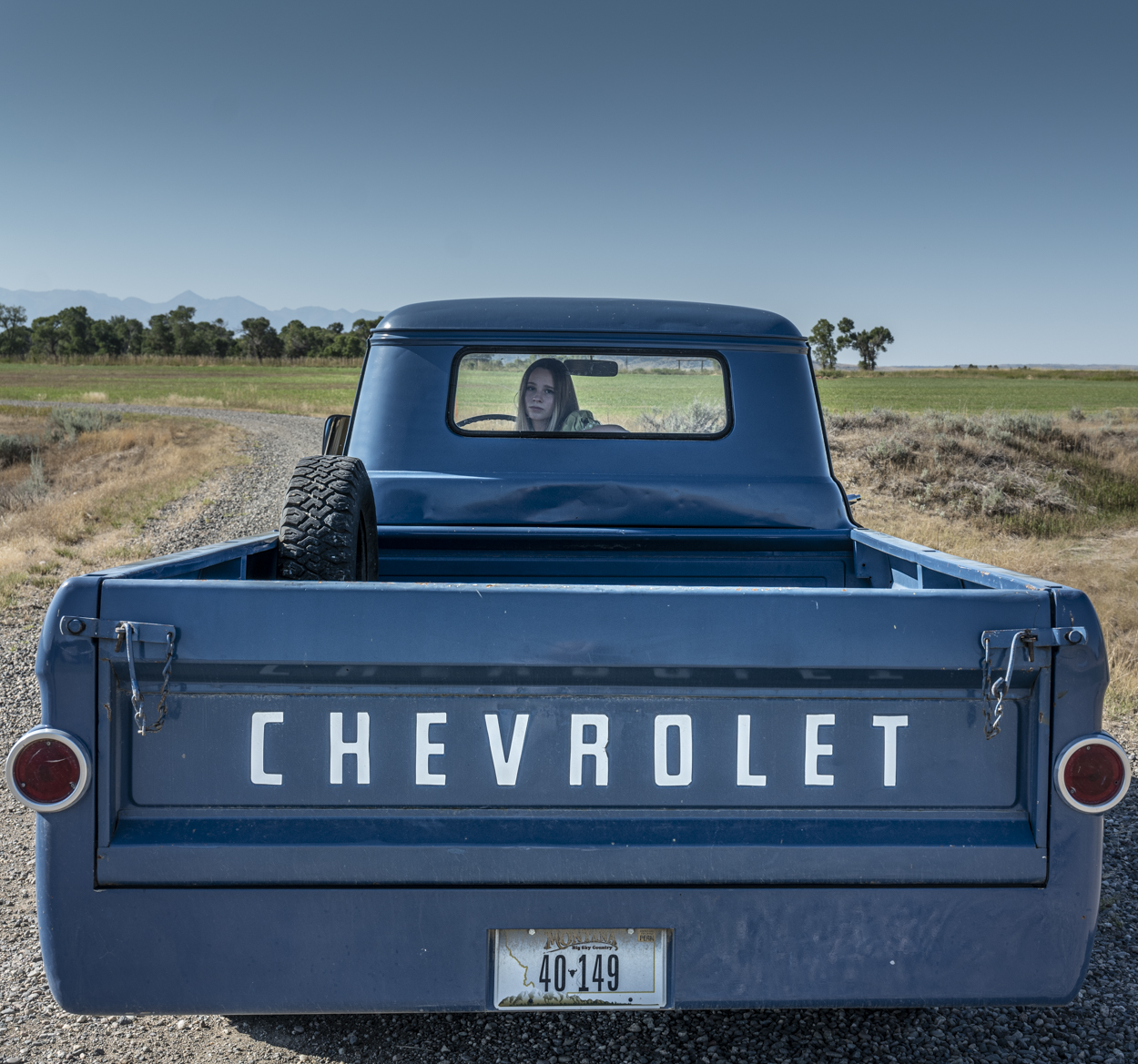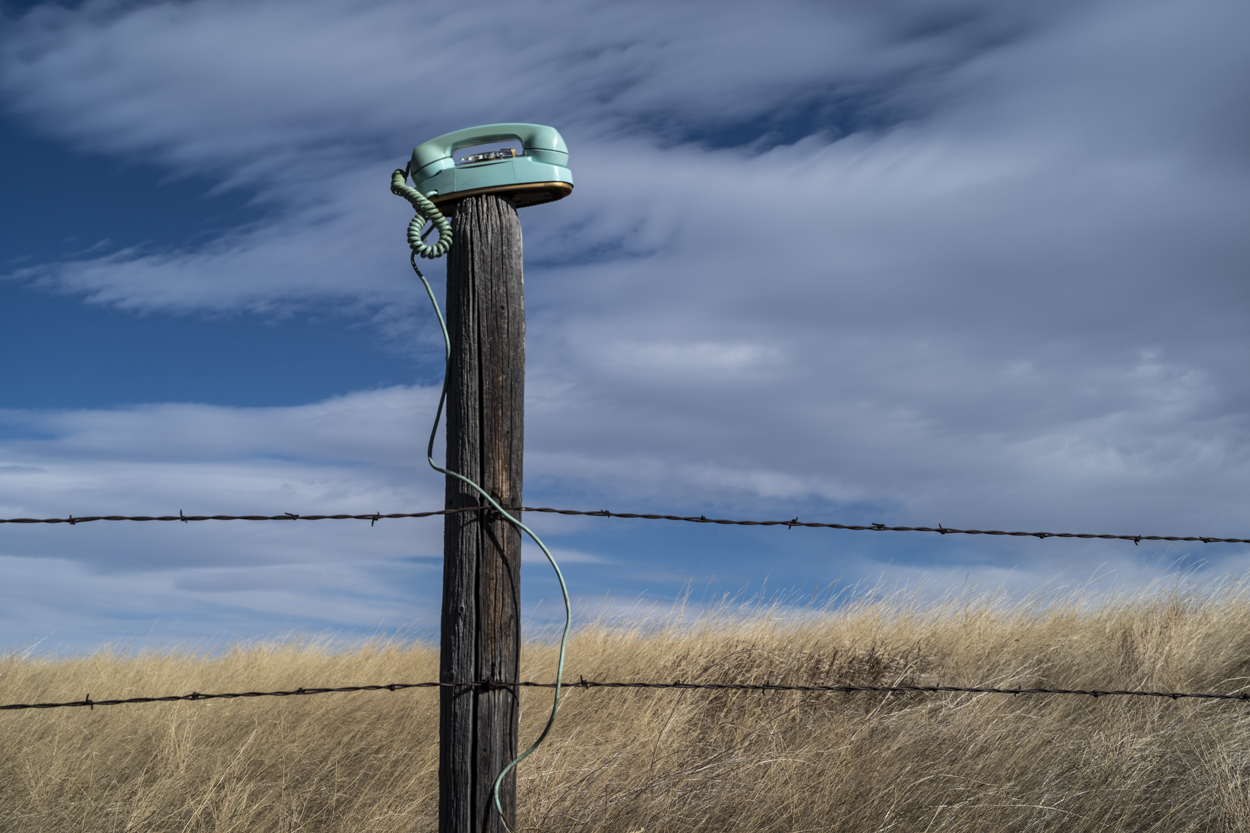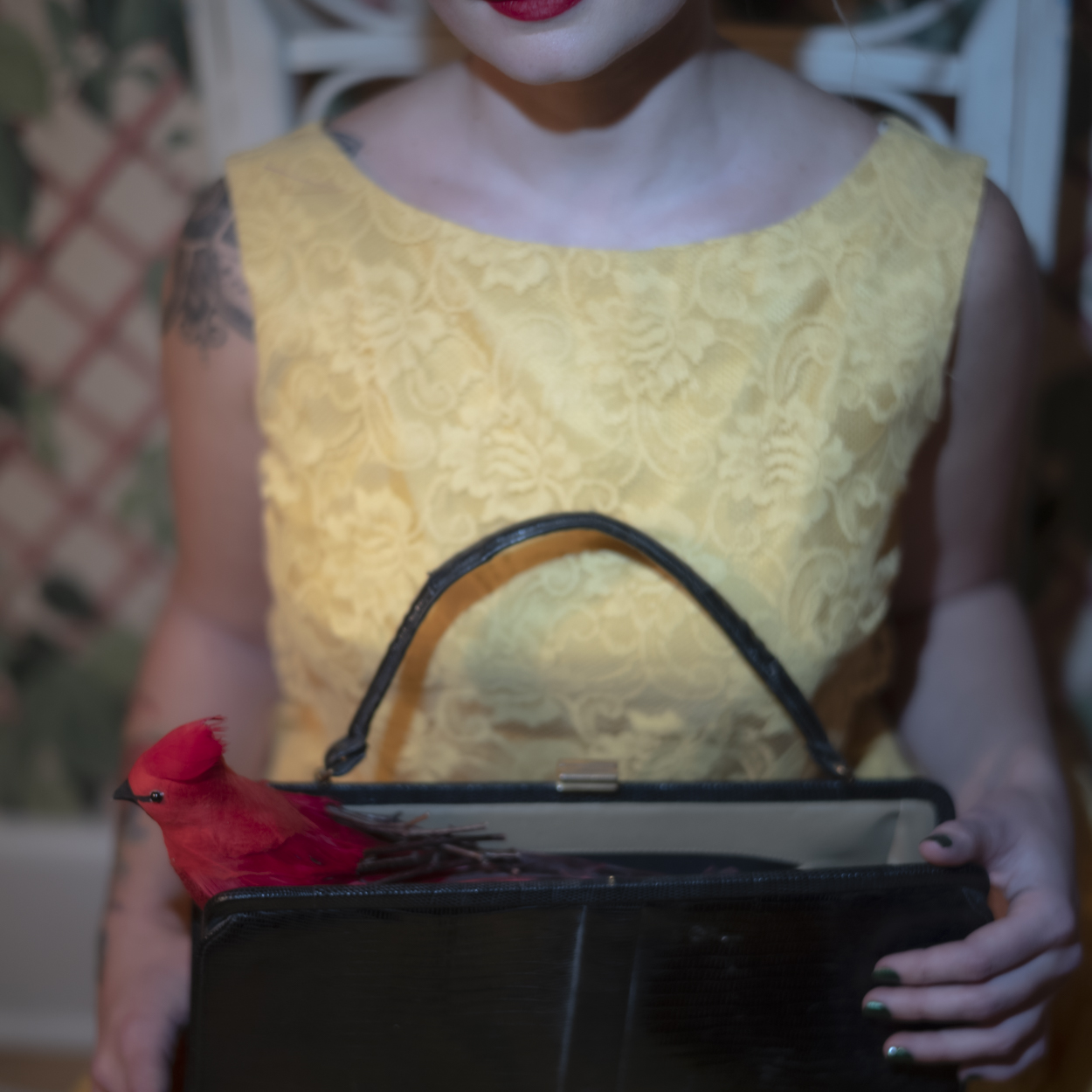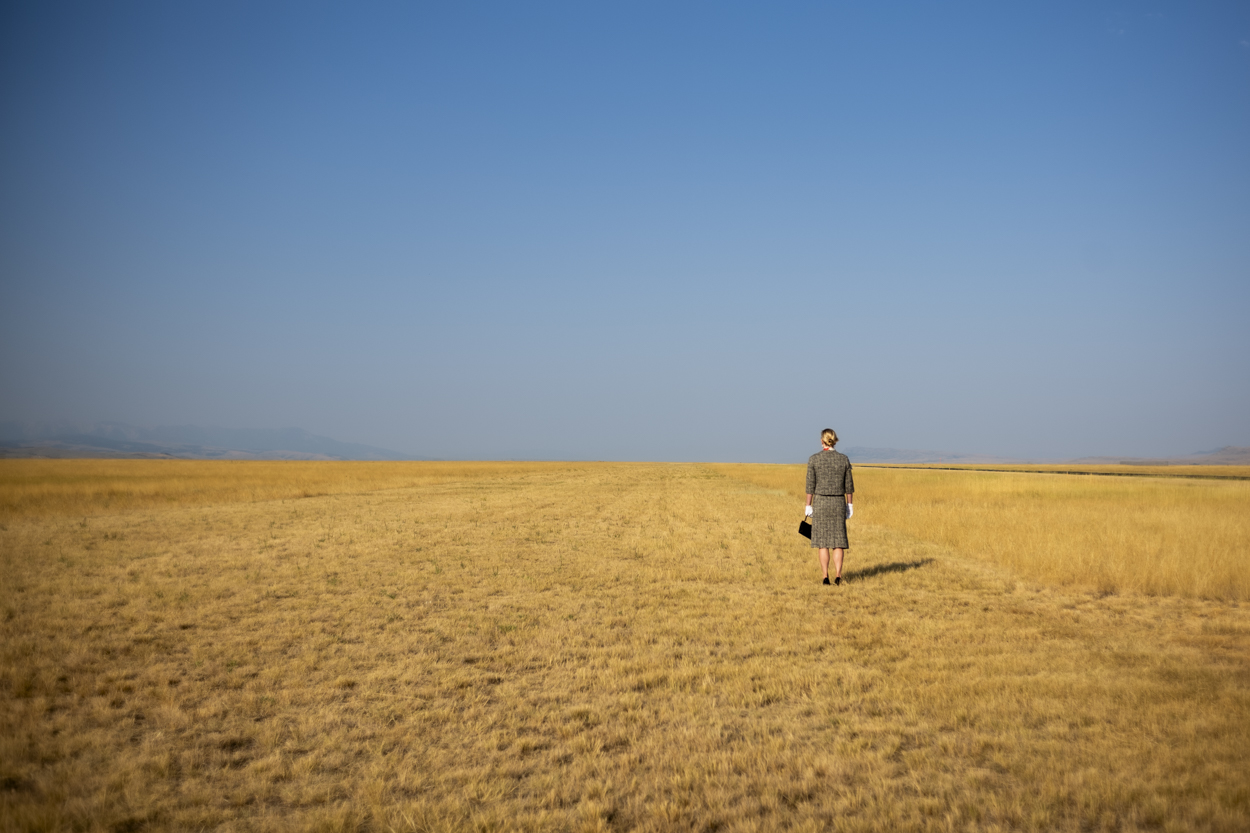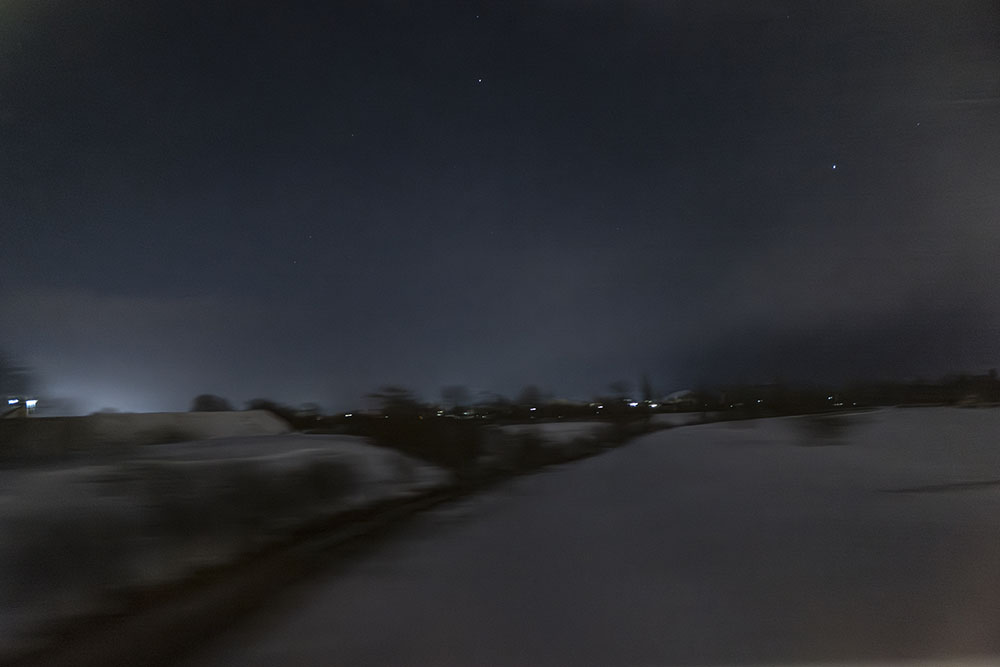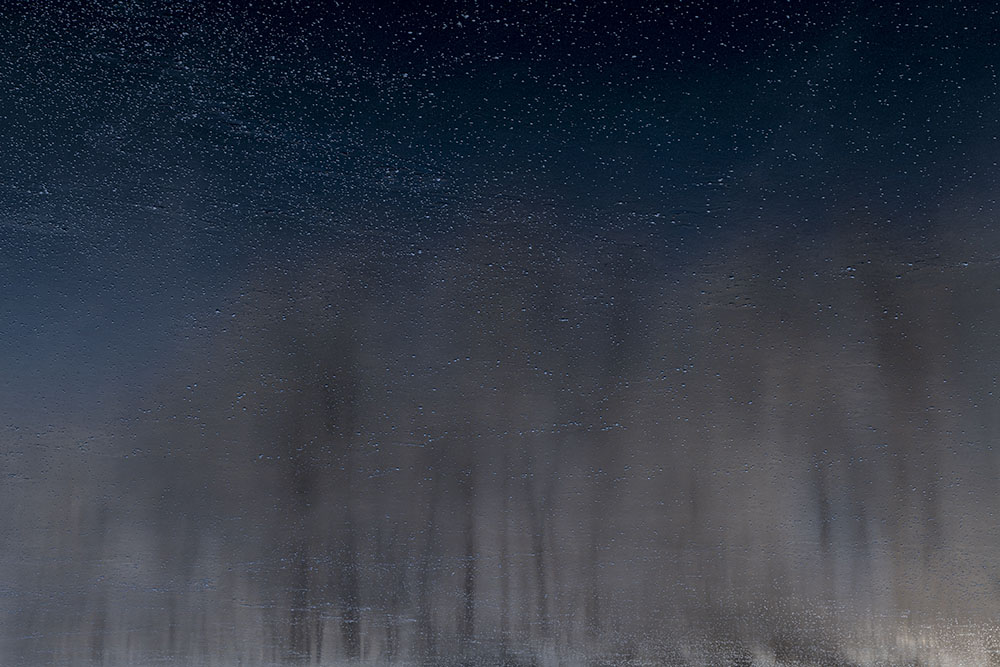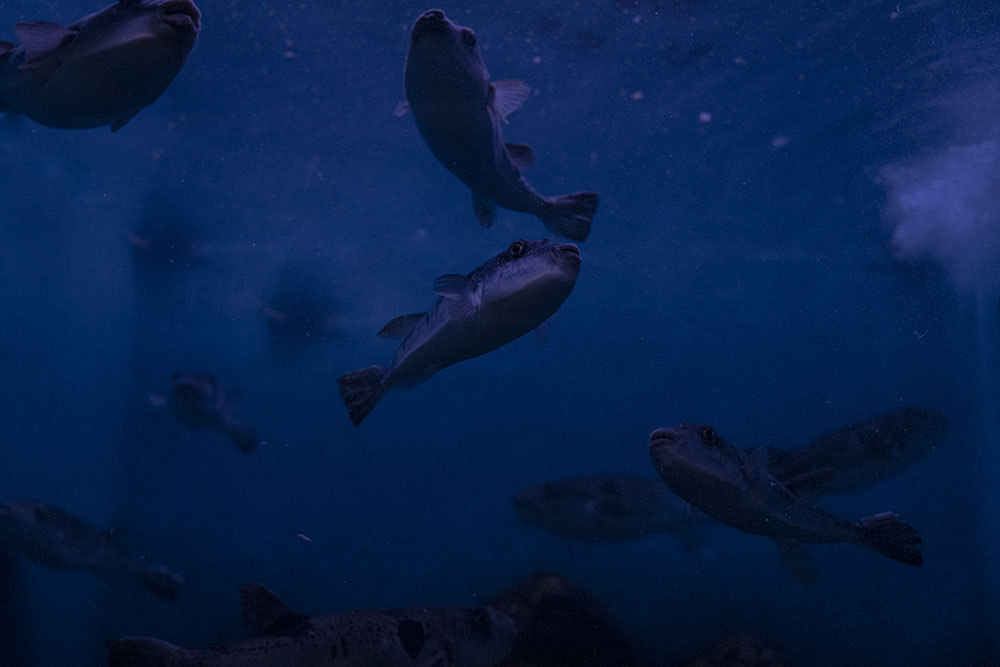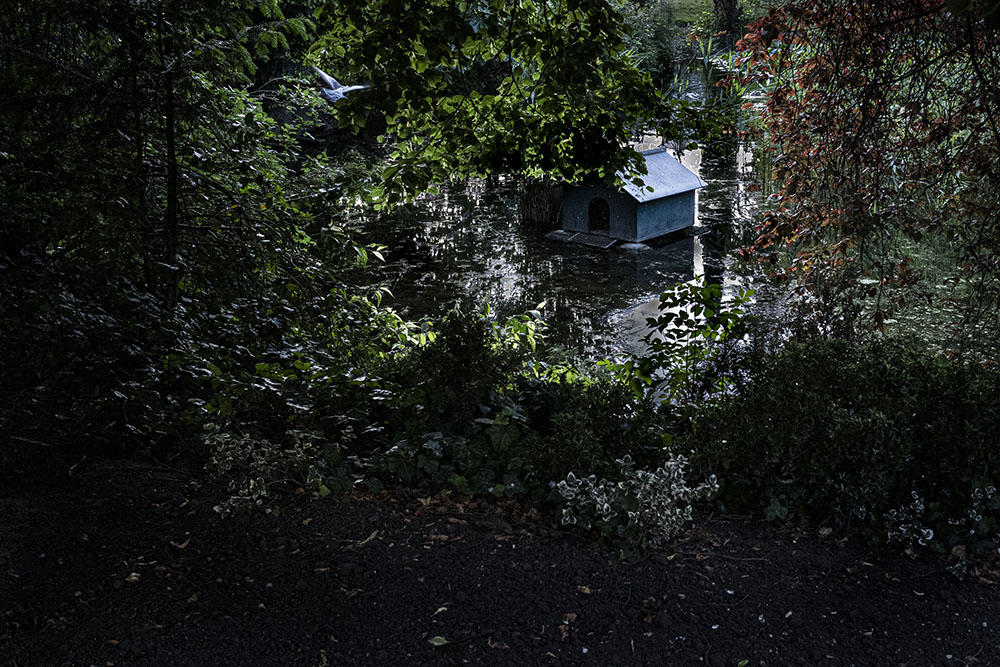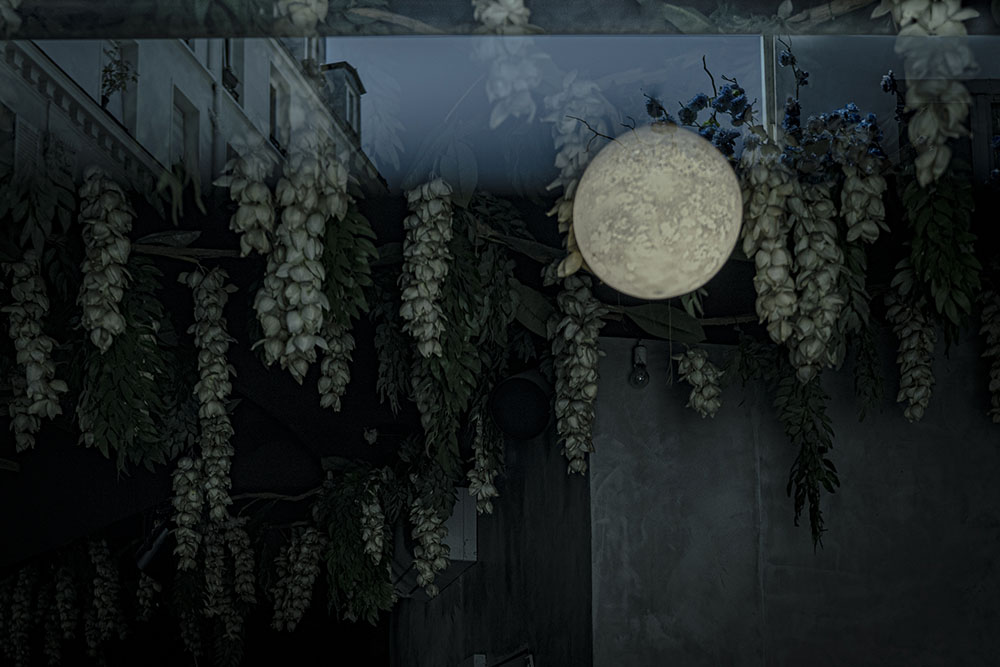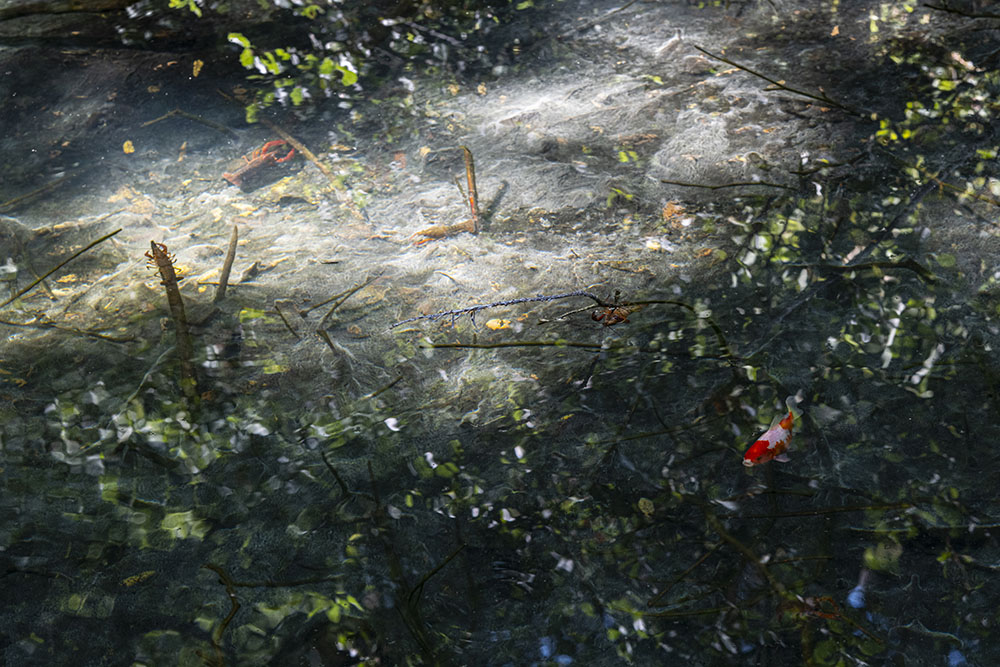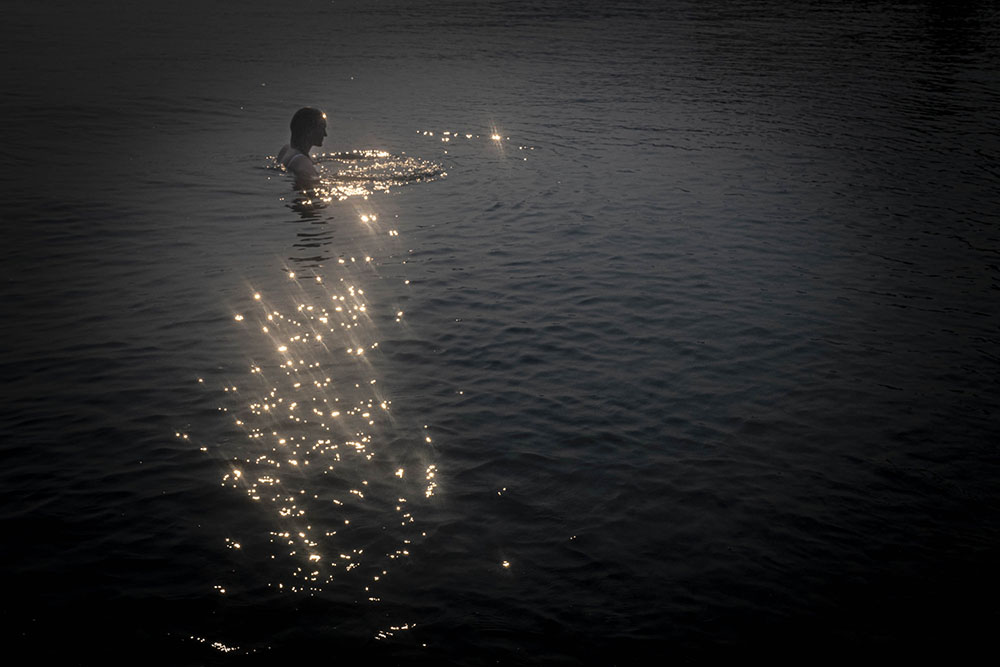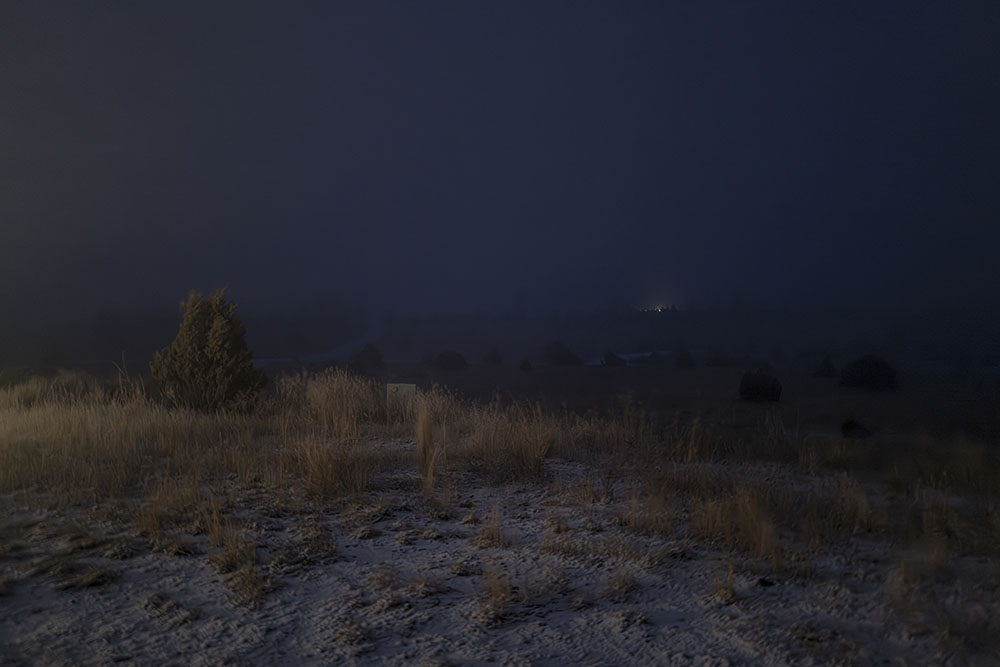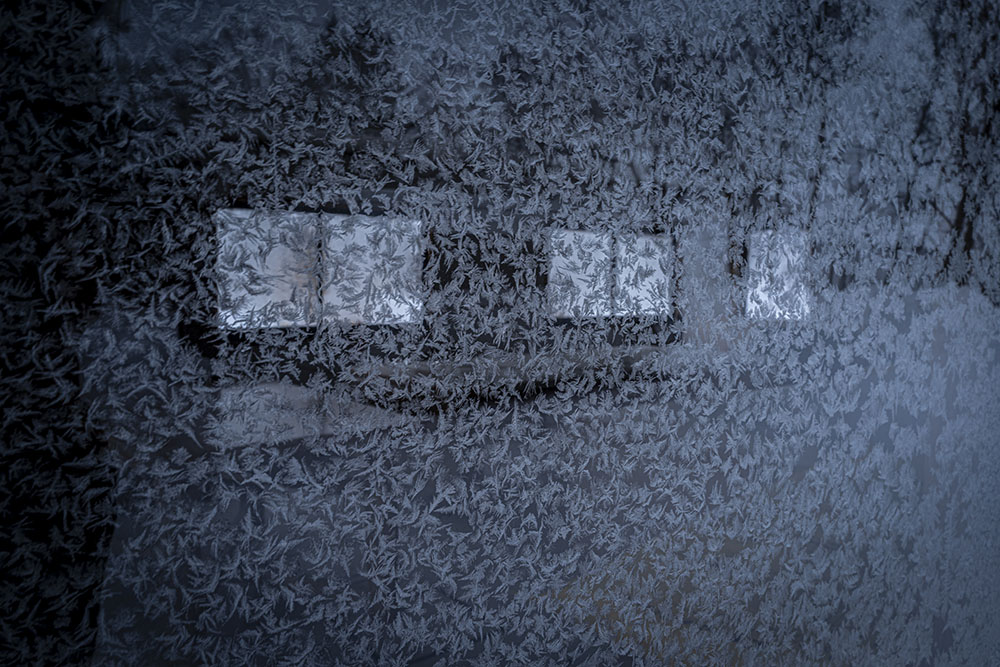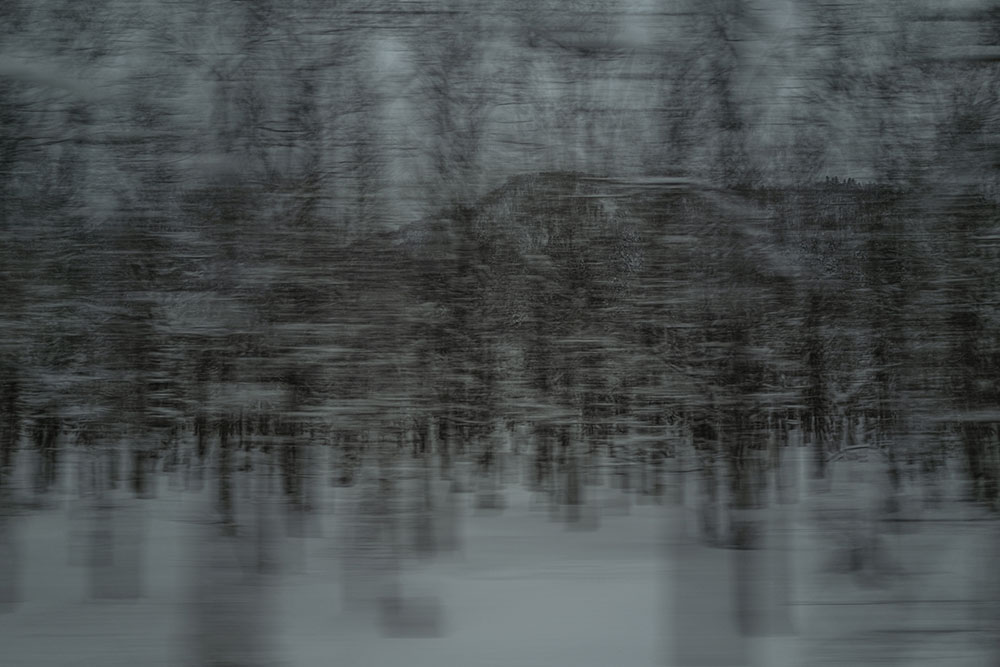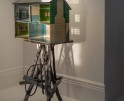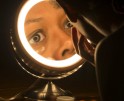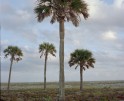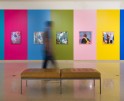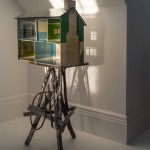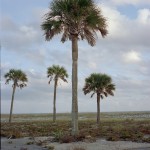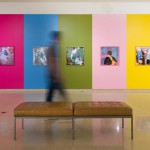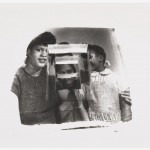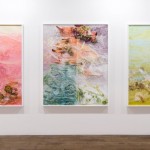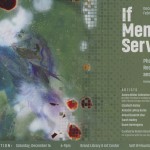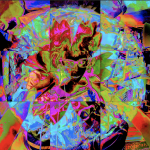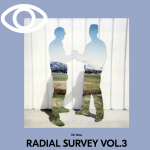Broad Strokes III: Joan Haseltine: The Girl Who Escaped and Other Stories
The Leica Gallery in Los Angeles has just opened Broad Strokes III, featuring the work of Joan Haseltine, that will run through April 8th. This is the 3rd iteration of Leica exhibitions that celebrate women in photography, and the exhibition also features the work of Julie Pacino, Javiera Estrada, and Nathalie Gordon. Haseltine with present 20 photographs from her series, The Girl Who Escaped and Other Stories, work that is rich in color and narrative and speaks to psychological states of womanhood. We also feature new works in her series, We See What We Want to See. An interview with the artist follows.
The Girl Who Escaped and Other Stories
Some years after losing my husband, I decided to reinvent my life, so I purchased a small ranch in Montana and a camera, neither of which I knew how to operate. I began visiting small towns at night. A woman standing alone on the streets after dark with a camera naturally aroused suspicion and distrust in these old Montana towns. I was stopped and questioned, and even the police were called. I felt vulnerable and very alone.
In my discomfort, I began imagining little stories of women in these settings. Women escaping loss, like me, or a myriad of other things: Fears, insecurities, a nefarious person, sadness, alienation, societal expectations, maybe even the police.
Stories of women who feel trapped by circumstances or their own emotions.
I am very influenced by the films of the 1950s and 1960s, which were a study of fantasy and anxiety as the threat of communism and the atomic bomb loomed. The era of Joseph McCarthy parallels our current time of “Make America Great Again.” How much has life changed for women since the 1950s? Is that what the escape is about? I aimed a cinematic eye as I developed staged narratives of which we are voyeurs.
Complex female characters who blur the distinction between the good girl and the bad girl. Are we ice maidens concealing volcanic sexuality? Are we Marilyn Monroe? A Hitchcock blond? Or Donna Reed? Are we being watched? Are we objectified?
The outwardly immaculate appearance of the female characters belies their emotional complexity, treachery, cunning, or insecurities. They run from danger in a pencil skirt and heals.
This work is a collection of short stories with no beginning or end. Some are one photograph, and some are many. Just women escaping to a place where there are no words.
Joan Haseltine is visual artist whose practice revolves around complex ideas of perception and the exploration of emotional Intelligence from the female perspective. Her psychological landscapes and portraits examine a nuanced understanding of the challenges that women face, such as gender-based violence, cultural expectations, and the pressure to balance multiple roles, while also recognizing the remarkable resilience and strength of being female.
Her work has been exhibited in the US and Europe, including the Leica Gallery, Los Angeles, the PH Gallery in Budapest, and the Center for Photographic Arts, in Carmel, CA. Her work was selected for Critical Top 200 Mass in 2021 and she was recognized as one of the Best Modern photographers of 2021 by All About Photo.com.
Haseltine’s work has been featured in numerous publications such as L’Oeil de la Photographie, Lenscratch, and Don’t Take Pictures Magazines. She is currently working towards a MFA in Photography at Maine Media College. Haseltine has published two handmade artist’s books: “Fragile Like a Bomb”
“You See What You Want to See” . She lives and works in Los Angeles, CA.
Instragram: @joanhaseltine
Tell us about the landscape of your growing up and what brought you to photography?
I call myself an accidental visual artist.
I worked in my family’s business as a child. My father died when I was 12, so my mother and I carried on operating the business together. We ran three restaurant concessions in Greyhound and Trailways bus stations in Georgia and Alabama. The deteriorating urban landscape that housed the bus terminals was my summer camp. Brick towns abandoned by white flight were littered with drunks, pawnshops, peep shows, and shuttered businesses. The bus station clientele was either soldiers or black Americans. The emotional despair and loneliness felt like an Edward Hopper painting. I spent my summers traveling between the three locations to work, having no friends, so I, too, shared in that debilitating loneliness.
Luckily, I escaped and made my way to New York City after graduating college. I worked my way onto a spot on the Salomon Brothers Trading floor. I eventually married a wonderful man and had 2 children. In 2007, I lost my husband to cancer, and I relocated to Los Angeles. After my children finished high school and college, I reinvented my life by purchasing a small ranch in Montana. I split my time between Los Angeles and Big Timber, MT. I obsessively explored the high desert and badlands in eastern Montana. Soon, the idea of capturing this forlorn landscape led me to purchase a camera. I knew nothing about photography and was surprised when my camera arrived without a lens.
Just the title, The Girl Who Escaped and Other Stories, is intriguing. What drew you to make work in a narrative way?
I began exploring small Montana towns at night. The sodium vapor streetlights cast a beautiful glow. As I photographed these small, insular towns, I was questioned and challenged, and even the police showed up. I transitioned from voyeur to feeling vulnerable. I began imagining women in these situations.
Do you see the work as a form of self-portraiture?
My studio mentor at Maine Media says your work is ahead of you. Initially, I thought of it as purely a feminist story. Well into the project, my son said he thought it was really about me escaping my childhood. It dawned on me that it was the subconscious inspiration. So, in many ways, it is both self-portraiture and feminist.
Congratulations on the exhibition at the Leica Gallery in Los Angeles. How did the exhibition come about?
Thank you. I feel incredibly fortunate to show in such an amazing space.
I took a workshop with Maggie Steber. She had a show up at The Leica Gallery at the time. When she saw my work, she called the gallery curator, Paris Chong and scheduled a meeting for me. Paris loved the project and put me on the schedule.
Your new work feels darker, literally and figuratively, more mysterious. What are you looking for when you make the work for We See What We Want to See?
In making the staged narratives I had to control every aspect and detail of the image. I think the illusion of being in control is actually a shield against being vulnerable and insecure. In my new work I am relinquishing control and letting my subconscious speak. I am searching for mystery, magic and mayhem
What is inspiring you lately?
I have been so fortunate to be surrounded by an amazing community of female artists. Each and everyone of them inspires me with their creativity, humanity and courage.
We See What We Want to See
“The experience of light reflects the wondrous and complex nature of human perception. – James Turrell
There is an allure to lone places where the opportunity to observe and participate simultaneously exists. My process is one of being very present yet relinquishing control. I seek dark settings to create visual layering of light and color to reveal a story, a mood, or an emotion. I search for mystery, magic, and mayhem. The light comes from many found sources. A street lamp, a house light, the glow from a window, reflections, passing headlights, or a bit of sun. The light and the dark move together, impacting our perception of reality. Color is intoxicating. A pop of orange flowers or the blue glow of early evening invites the viewer into the photograph. Color is the punctuation point of an image. What is revealed in one moment can disappear the next.
What we see depends on the context in which it is seen. Perception is temporal and participate simultaneously exists. My process is one of being very present yet relinquishing control.
About the curator
Paris Chong
Paris Chong is the Gallery Director of the prestigious Leica Gallery Los Angeles. With over two decades of experience as a Curator she has represented galleries and artists in events including Photo LA, Photo SF, Paris Photo, Paris Photo LA, The Palm Springs Photo Festival in addition to promoting Leica Gallery Los Angeles at international shows such as Art Basel and Photo Paris. Ms. Chong has also served as a respected and sought-after portfolio reviewer for The IPA Photo Awards, Fresh Look, Photoville, The Palm Springs Photo Festival and the ongoing Meet the Curator portfolio reviews for Leica Akademie USA.
With her involvement in the art community, Ms. Chong’s duties over the many years have also seen her coordinating both intimate and large group art events at Leica Camera’s flagship store in West Hollywood. Celebrated artists range from the legendary Sebastiao Salgado and Henri Cartier Bresson to contemporary powerhouse names such as Neal Preston, Julian Lennon, Lenny Kravitz, Maggie Steber, Mary Ellen Mark and Ralph Gibson.
Ms. Chong has also found time to give back to the community on multiple levels such as serving as a Board Member for The Foundation for The Aids Monument (FAM) and The West Hollywood Design District (WHDD). Further to her philanthropic side, Ms. Chong also volunteers her time as Curator at still life photography showings held by The American Society of Cinematographers (ASC) at its historical Hollywood headquarters.
Instagram: @paris.chong
Instagram: @leicagalleryla
Posts on Lenscratch may not be reproduced without the permission of the Lenscratch staff and the photographer.
Recommended
-
Broad Strokes III: Joan Haseltine: The Girl Who Escaped and Other StoriesMarch 9th, 2024
-
Pamela Landau Connolly: Wishmaker and The Landau GalleryFebruary 27th, 2024
-
Janna Ireland: True Story IndexFebruary 17th, 2024
-
Richard McCabe: PerdidoJanuary 7th, 2024
-
Aline Smithson: The Ephemeral ArchiveJanuary 5th, 2024

